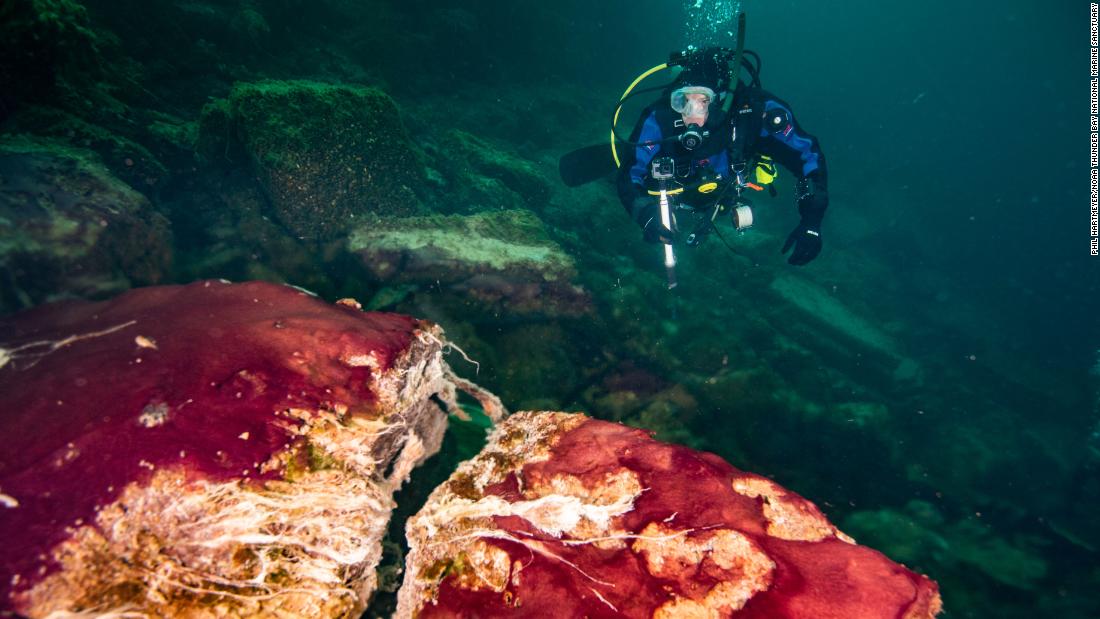But this bacteria has been around longer than any other life form on Earth, and it was the first to convert light into energy through photosynthesis -- and release oxygen as a byproduct.
Researchers began to wonder how an increasing day length on early Earth might have allowed cyanobacteria to create more oxygen and lead to a diversity in animal life."When the Earth-Moon system formed, days were much shorter, possibly even as short as six hours," said study coauthor Brian Arbic, a physical oceanographer at the University of Michigan, in a statement.
"I realized that daylength and oxygen release from microbial mats are related by a very basic and fundamental concept: During short days, there is less time for gradients to develop and thus less oxygen can escape the mats," Klatt said.By modeling the link between sunlight and oxygen production, Klatt and her colleagues discovered that the release of oxygen during two 12-hour days on early Earth would not match that of a 24-hour day.
The study team's findings showed a direct link between day length and how much oxygen can be released by microbes.
"Simply speaking, there is just less time for the oxygen to leave the mat in shorter days," Klatt said.This suggests that two great jumps in oxygen on Earth, including the Great Oxidation Event more than 2 billion years ago and the Neoproterozoic Oxygenation Event between 800 and 540 million years ago, could both be connected to longer days on Earth.
